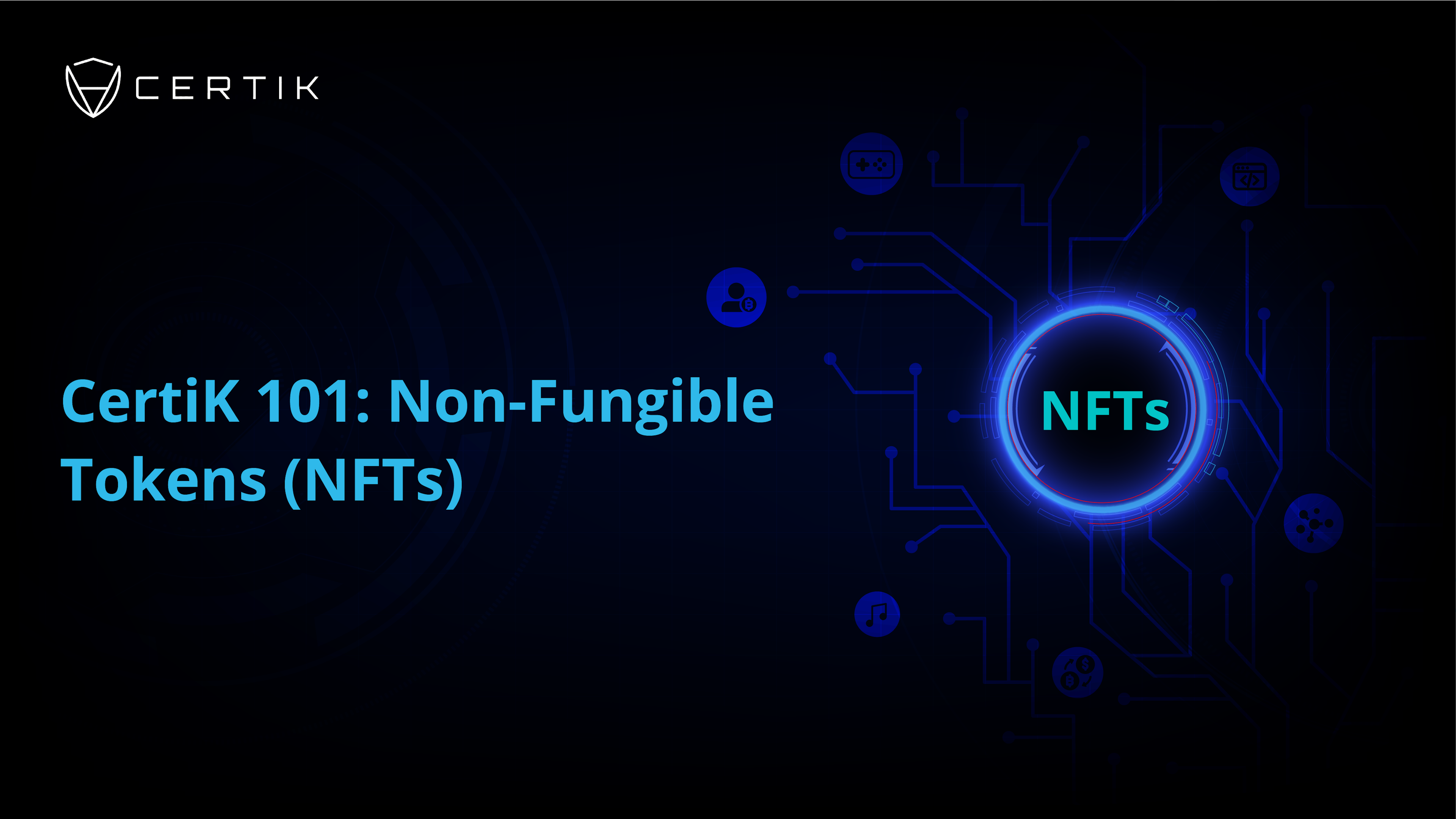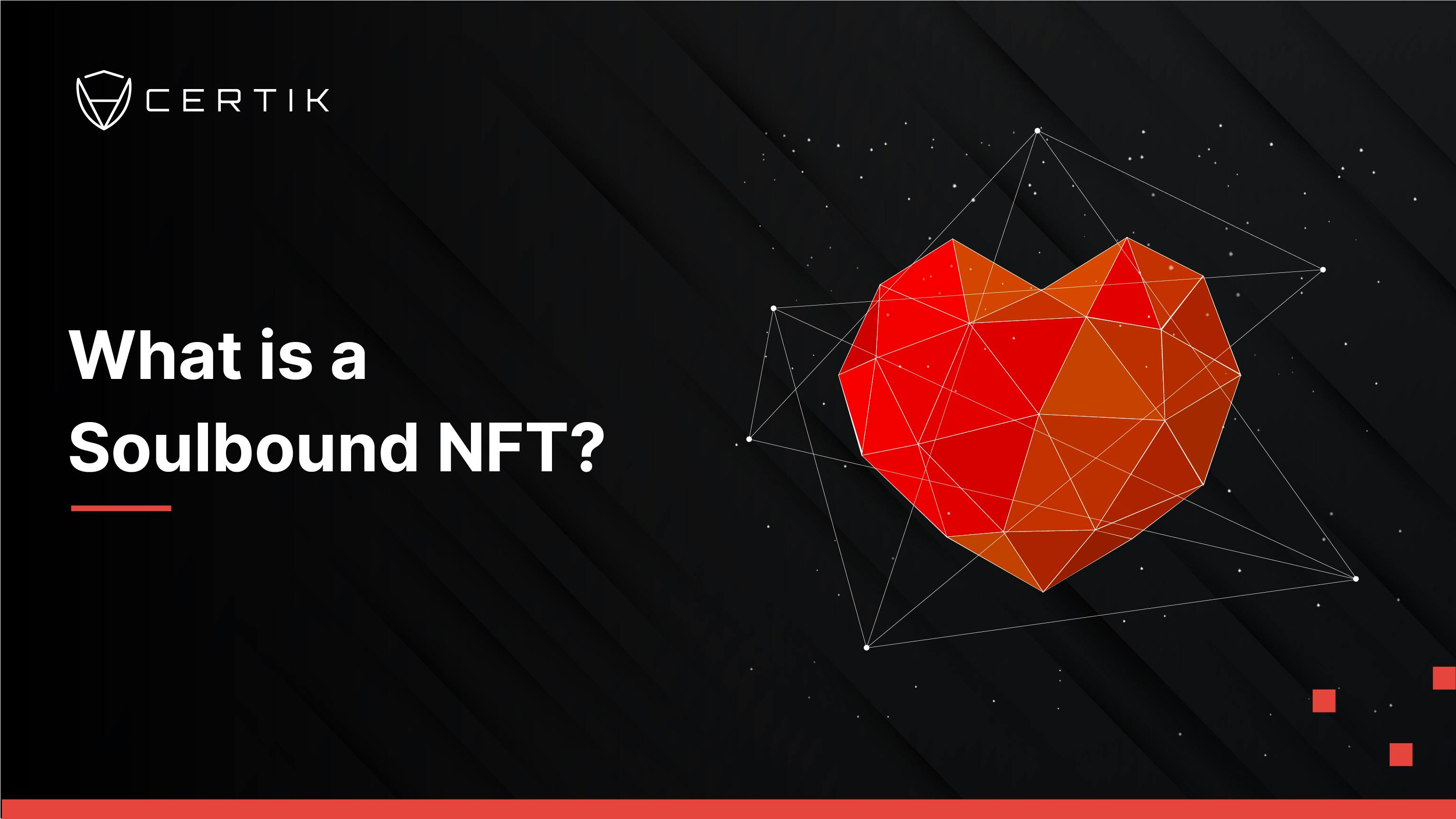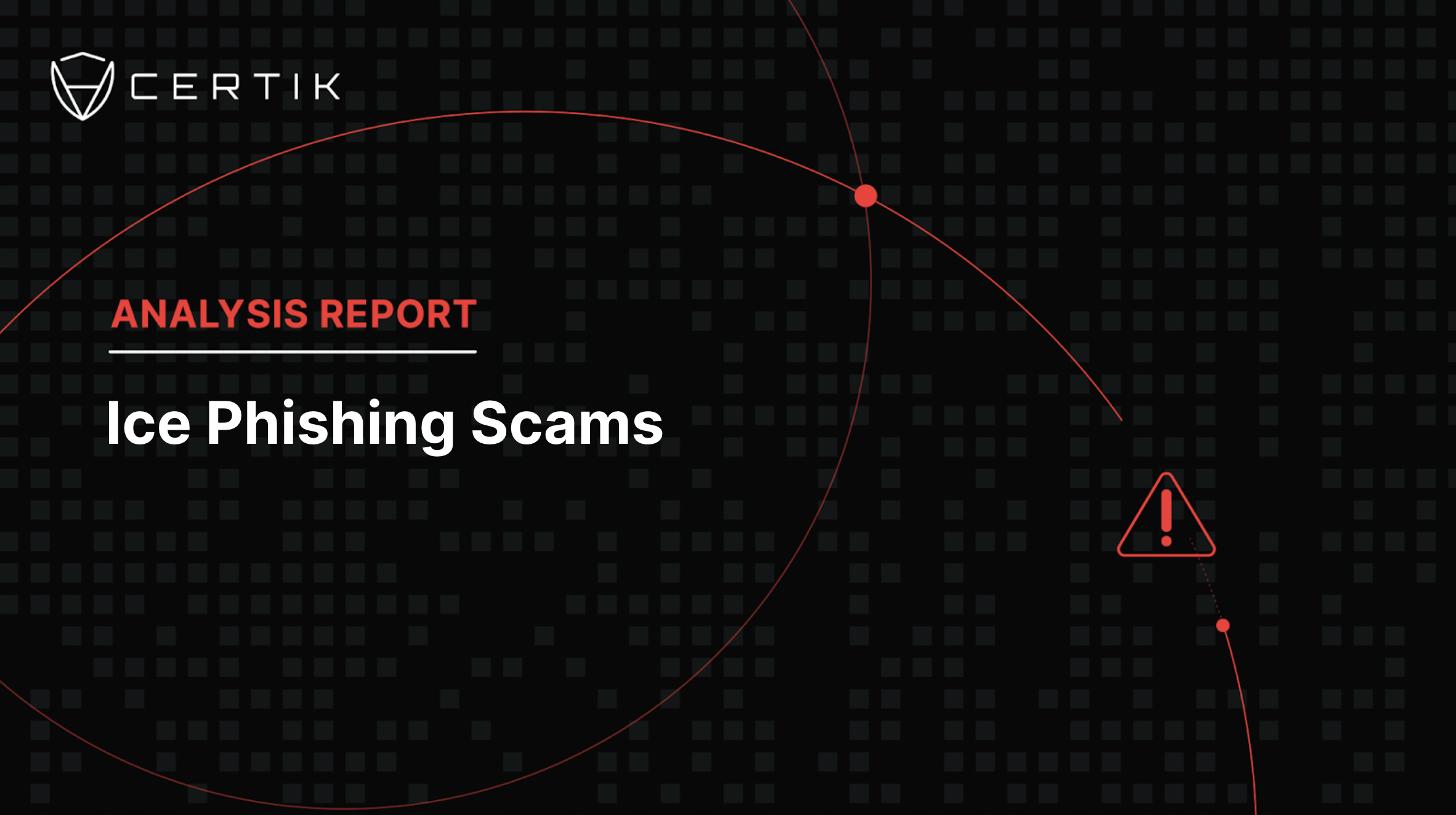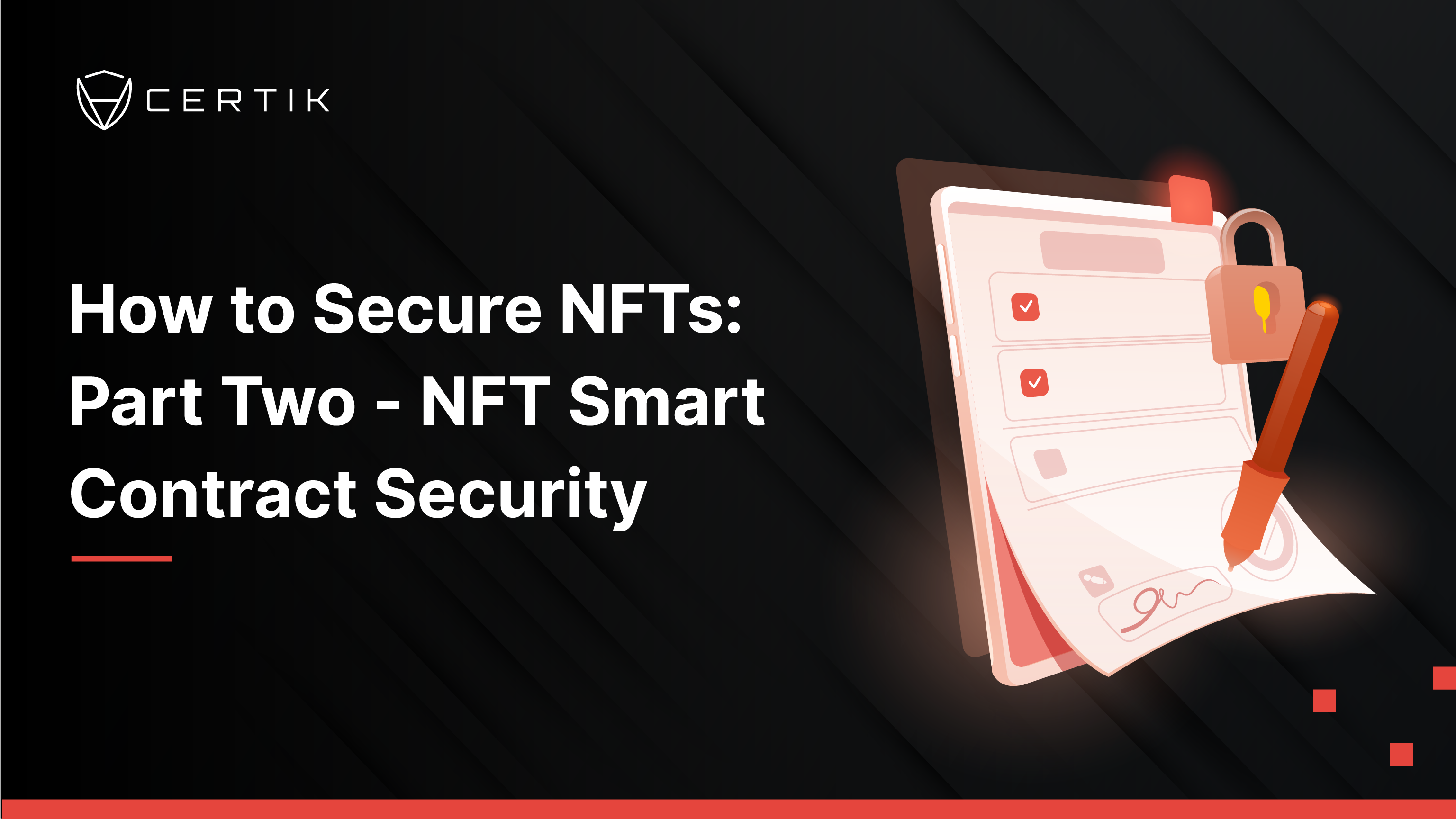
When it comes to vibrant and progressive crypto-projects, Ethereum has probably the most active community that lies on a wide spectrum of users, from experienced developers and crypto-religious users to non-technical enthusiasts and crypto-anarchists.
One aspect that makes the Ethereum community what it is, would undoubtedly be its governing structure. The unit around which all governance occurs within the ecosystem relies on the Ethereum Improvement Proposals (EIPs).
EIPs In A Nutshell
Independently of one’s technical background, anyone is eligible to propose a change, whether that relates to upgrades in core protocol features, client APIs, smart contract standards, and even informational/aesthetic updates.
Therefore, EIPs are separated into several types, each coming with its own list of proposals. The main types are Standard Track, Process, and Informational EIPs. Standard Track EIPs are the most impactful as they apply to implementations on the Ethereum protocol itself.
Furthermore, Standard Track EIPs can be broken down into sub-categories; Core, Networking, Interface, and ERCs. As a detailed overview of all different sub-categories goes beyond the scope of the present article, we will focus more on ERCs.
Ethereum Request for Comments (ERC) relate to implementations on application-level standards, including but not limited to smart contract standards, library formats, and wallet formats. You have probably heard of the popular ERC-20 token standard and the ERC-137 Ethereum Name Service (ENS) name registry standard.
To learn more about Ethereum Improvement Proposals, revise our relevant article here.
ERC-721 or NFTs
Although there have been several game-changing ERCs, ERC-721 is undoubtedly one the most popular, for the reason it was motivated by an effort to standardize the interface for Non-Fungible Tokens, commonly known as NFTs, or Nifties.
Essentially, this standard allows for the implementation of a standard API for NFTs within smart contracts, thus, providing basic functionality for tracking and transferring NFTs.
To begin with, NFTs are tokens that, as the name suggests, are non-fungible. That is, unlike ERC-20 tokens which are all fungible with each other, ERC-721 tokens are unique, and thus, each asset that they represent is distinct respectively.
The deal is that a non-fungible token is usually a unique single edition or limited edition token, that holds additional data and/or media, and can interact with the Ethereum blockchain and various decentralized applications.
So, how does this work? Well, you can simply buy an NFT in exchange for some ETH (or some other ERC-20 token), and then you get to hold the NFT as a digital asset in your Ethereum wallet.
Similar to any other asset in your wallet, you can just hold on to it, transfer it to another wallet, gift/sell/auction it in NFT marketplaces, and other decentralized exchanges (DEXs), etc.
Before all else, for most users, especially those unfamiliar with programming languages and blockchain architectures, it’s easier to interact with ERC-721 and crypto-collectibles, than ERC-20 tokens that are directly pegged to monetary value and require financial practices.
Therefore, the world of NFTs is more accessible and requires a lesser technical understanding of expert terminology and practices.
Furthermore, what makes NFTs special is the fact they simulate the scarce conditions of a physical asset while being part of the digital realm, where anything from the date of creation of each respective NFT, its creator address, as well as its initial value are archived and transparent to the public.
Essentially, NFTs can be thought of as a standardized interface that has the potential to easily bridge the physical with the digital reality.
From a more technical side of things, the distinctiveness of the ERC-721 standard is based on the fact that NFTs allow for individual ownership of assets, which can, in turn, be atomically tracked. This sole fact unlocks an endless sea of possible use-cases that all rely on tracking and tracing unique contracts/assets, while also authenticating their ownership statuses.
Popular NFT Use-Cases
Presumably, the most popular NFT use-case that the majority of users have probably stumbled upon is crypto-art, coming in a variety of forms, such as GIF-art, animations, 3D sculptures, and more. We all have heard of the infamous CryptoKitties, those 2D cats that can be bred and sold among users, even for rather large crypto-amounts in the likes of several hundred ETH.
However, as was aforementioned, there is an infinite array of possible use-cases that can explore and put to use the potential value of NFTs. So, let’s delve deeper into some fruitful NFT use-cases.
Programmable Art
Drawing from the accomplishments of already existing visual crypto-art, a new kind of art movement is emerging, calledprogrammable art. Digital paintings are split into layers which, in turn, are tokenized in the form of NFTs and can be exchanged, sold, or bought from users, whether these are artists or collectors.
Given it is programmable, this form of art can evolve over-time, react to its owners, follow the fluctuating price of ETH, or get adjusted to any selected variables.
All this can happen via dedicated platforms, withAsync Artbeing probably the most famous platform that allows for creating, collecting, and trading rare programmable art. Thanks to NFTs, this movement is empowering for both the artists, who can decide the parameters of their art and grant exclusive control to individual collectors, as well as for collectors, who can affect their favorite artists’ work after purchasing a layer of the respective piece of art.
Music
Besides visual art (whether it is programmable or not), music is another form of art that can be smoothly integrated with the NFT realm. Although the NFT-based music industry is currently at its embryonic stage, there are a few projects that have attempted to utilize NFTs applied on the music industry.
CryptoJingles tokenized NFT sounds which could be mixed and matched by users to create unique NFT songs. Despite being short-lived, it was a decent effort to jumpstart the imaginations of other users interested in the combo of NFTs and Music.
For example, the crypto-art duo,Studio Nouveau, made use of NFTs to release their “Audiovisual” album of multimedia music NFTs through crypto art platformSuperRare. More specifically, the artists released 10 music videos, with each video being a single edition NFT. Although anyone can view and listen to the multimedia music album, there can only be one owner per video/track.
Overall, NFTs disrupt the traditional music industry in various progressive ways, offering several benefits to artists. The transparency of the public ledger empowers artists to maintain their identities attached to their tokenized art, while also enabling them to digitally verify and display their portfolios. Of course, the biggest game-changer is that artists, whether musical or visual, can receive commissions on every sale of their artwork, while the copyrights of their work are well protected in an immutable public record.
Unlockable assets
Another interesting NFT-use case would be that of unlockable assets. Whether applied to music/digital art industries or any other industry, the possibility to market assets that after purchase their content would get unlocked only to the rightful owner is very promising.
Minting platforms, such as Mintbase or Rarible, already offer the possibility to attach unlockable audio files to NFTs that get minted through their platforms. However, there could be many different applications to unlockable files other than for the music industry, and they depend on one’s imagination.
One can imagine a future, with dedicated marketplaces for unlockable files in the form of NFTs, pertaining to all kinds of industries and circumstances. For example, private links to downloading exclusive/sensitive files or secret entry codes to events and games could be just some potential use-cases of unlockable files. Still, it is in our hands, as users, to imagine and decide the future of unlockable NFTs.
Redeemable assets
The use-case of redeemable assets is something that already partly exists as various NFT factories are making it possible, promising to change the way we interact with sales in secondary markets.
The concept is quite straight-forward. To begin with, for an asset to be redeemable, it means that there is a physical existence as well. That is, we are talking about physical products that are tokenized and digitally represented in online marketplaces. A buyer can acquire the NFT that stands for the ownership of both the digital and physical representations, without necessarily owning the physical asset pegged to the NFT.
At this point, there are two options. First, there is the option to redeem the asset by filing a secondary form with your address details etc. and the physical item is sent to you. You wouldn’t have to go through this process right after the time of acquiring the NFT, as the redeemability option is generally valid for a defined, usually long, period of time. Alternatively, in case the item is not redeemed, the buyer can transfer its ownership to another user/wallet, who will in turn have the same two options.
The redeemability of physical items will create a digital commerce cycle, where items are being sold and bought, without actually using the resources (packaging, logistics, etc.) required in case this would occur purely in the physical world.
Gaming
Gaming is another industry that can find itself benefitting from NFTs. Although it seems rather unlikely that games relying solely on blockchain architectures can make it to reach triple-A standards, there are, undoubtedly, some blockchain-powered advantages fueled by NFTs.
The Blockchain Game Alliance (BGA), an organization sponsored by top-shelf gaming companies, such as Ubisoft, AMD, and Square Enix, earlier this year announced a cross-industry collaboration that would engage companies from both the gaming and blockchain industries to cooperate towards a more joint future.
With that said, NFTs can rightfully earn a position within the gaming industry, where in-game items could be minted in the form of NFTs and would facilitate a more seamless and peer-to-peer gaming experience, according to which gamers could freely monetize and exchange digital assets, such as a sword or a skin for their avatars.
Additionally, platforms, such as Enjin, allow for cross-game tradability of items, where gamers can interact with each other in interconnected digital realities, while at the same time holding their in-game NFTs in a convenient app/inventory that allows for a user-friendly cross-game marketplace powered by the ecosystem’s native token, Enjin Coin.
Authentication- Track & Trace
Another use-case where NFTs are of great assistance is the broad process of authentication and track & tracing of products. Companies selling physical products can make use of the unique, transparent, and immutable registry on a blockchain that NFTs are offering to combat counterfeit products or to secure and timestamp the authenticity of their products.
Several big companies have already explored this possibility, such as NIKE partnering with Ethereum, and NewBalance with Cardano, to offer unique products that can be tracked and traced, while also being authenticated with the use of NFTs.
So, you would buy, for example, the authentic pair of shoes of your taste, and at the time of purchase, a minted NFT, registering you as the rightful and unique owner of that specific pair of shoes. In case you would like to resell it at a later time, the future owner would be sure that the pair of shoes is the authentic one, and along with the shoes he/she would also get the NFT registering the new buyer as the rightful owner of the pair of shoes.
Without much imagination needed, NFTs could generally aid the authentication processes involved in several industries, mainly the ones associated with the sales of physical products, such as clothing, shoe, and apparel companies.
Proof of Ownership
Overall, NFTs can be considered as contracts operating as a proof of ownership for a wide variety of assets. Although this can be greatly helpful in several cases, such as the aforementioned ones, when it comes to digital identification protocols more caution is needed.
Proving ownership of assets, such as wearables, in-game items, visual art, or music pieces is essential and pioneering at the same time, however, the fact that these non-fungible tokens are transferable constitute them unsuitable for identification purposes, especially ID-related features, since the contract allows for selling or transferring the asset, something that it is unwanted when it comes to your personal ID.
Physical Asset Digitalization/Tokenization
Lastly, the concept of physical asset tokenization relies heavily on the use of NFTs. In theory, almost anything that bears a physical existence can be tokenized, from a hotel-room reservation to one’s time and energy. The underlying mechanism is almost the same independently of what is at stake; you buy the NFT that represents a tokenized version of whatever is out there, the NFT is stored in your wallet constituting you the unique owner, and in some cases, you are allowed to further sell it or auction it in existing digital marketplaces.
What is sure, is that tokenization prospects are almost endless and are only limited to one’s imagination. At the same time, it is NFTs that make this process seamless and empower users to experience a next-generation digital reality that is based on transparent, peer-to-peer, and immutable distributing ledgers.
Conclusion
As NFTs experience a renaissance in late 2020, with modern projects leveraging the popular ERC standard for more complex use-cases, including NFT vaults, NFT staking, and even NFT-powered loans, the smart-contracts involved in these endeavors are subject to higher-risks and monetary attacks, considering the overall NFT market is now worth over $200M in terms of ETH.
We expect mature NFT projects overflooding the auditing sector looking for top-shelf security to compliment their respective business models, while maintaining integrity with their userbases at all times.
At CertiK, we’re not just hyped about NFTs, but we actually investigate the mechanisms and functions that make up such autonomous ownership contracts, in order to stay ahead of the curve when it comes to securing the broader Web3 scene.
Learn more about NFTs at: http://erc721.org/
About CertiK
We at CertiK strive to secure the cyberworld regardless of the nature of each project that might be entrusting the integrity of its operations on DLTs and smart contracts and our numbers are loud about it.
Over the past few years, we've audited and secured more than 150 smart contracts, and over 25 whole chains, while our security experts have performed more than 20 VAPTs for top-shelf industry pioneers including but not limited to Binance, Tera, Kava, e-Money, Fetch.ai, Akropolis, Bancor, Shapeshift, and Blockstack.
To learn more about smart contracts, and find out the most optimal way to secure your next venture, don't hesitate to connect with one of our engineers and get a free consultation today.
____
Consult with one of our experts at bd@certik.io
Stay connected!



